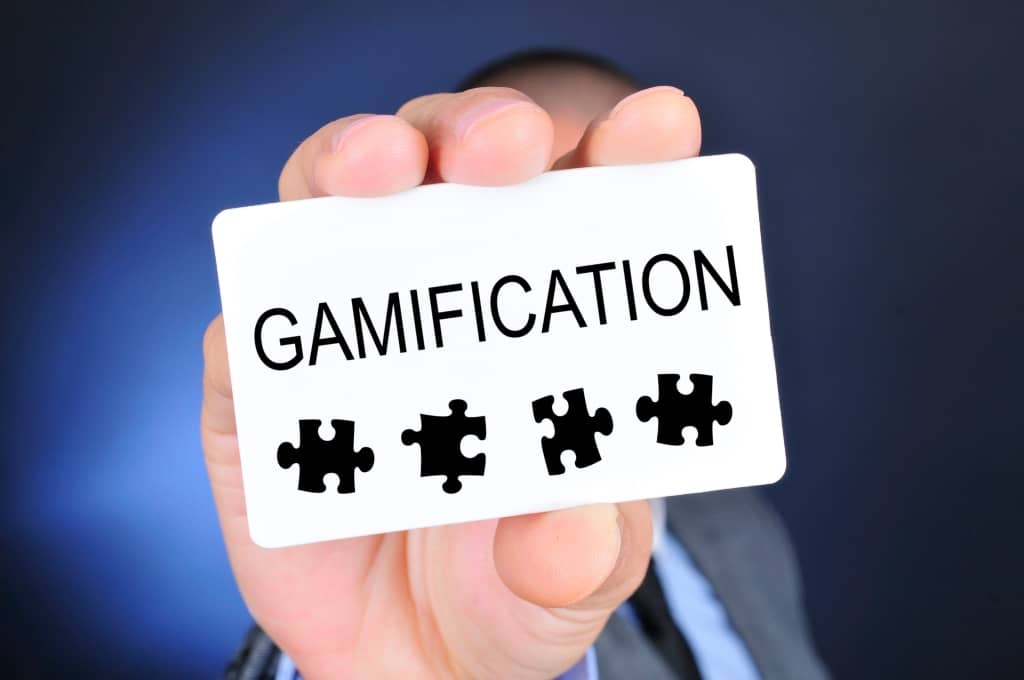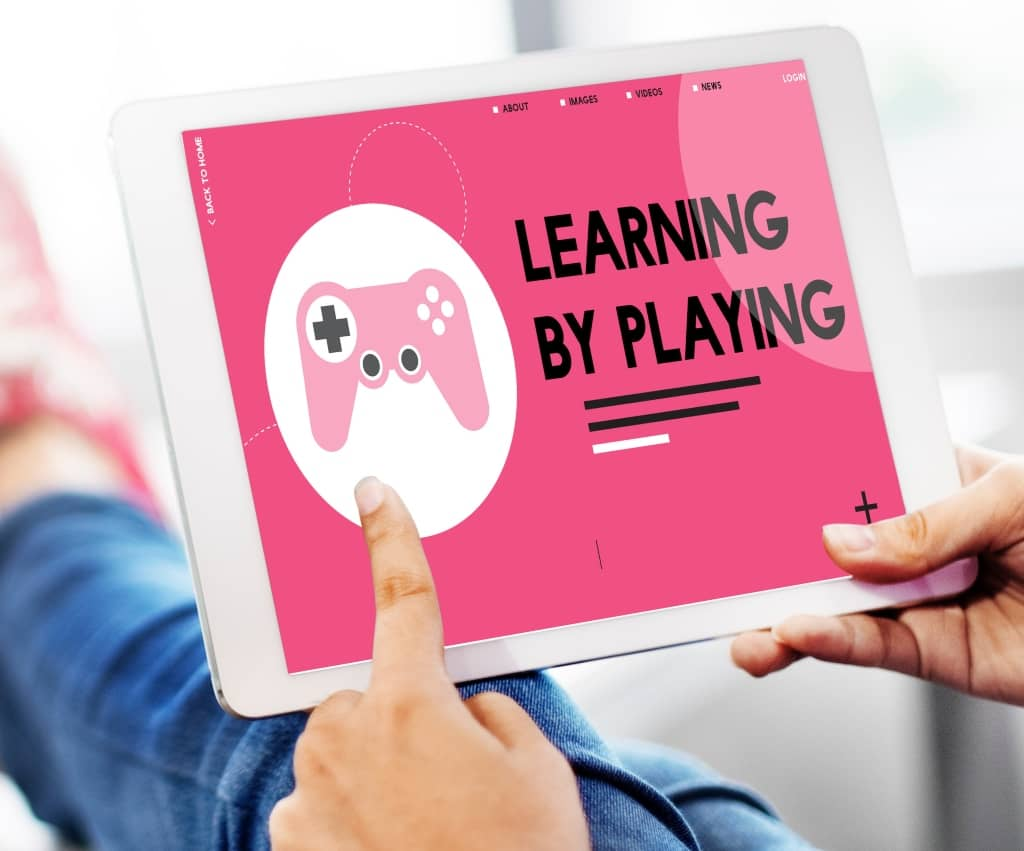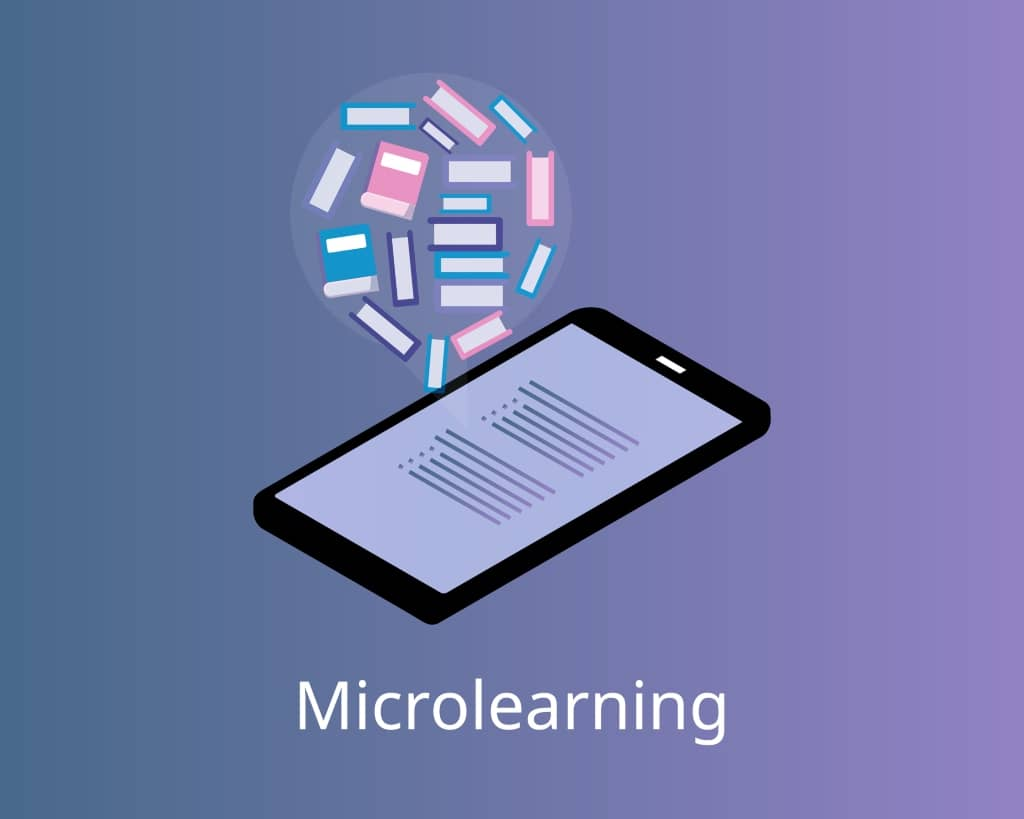15 Gamification Techniques That Won’t Bore Your Learners!
If you want to benefit from the boom in gamification in corporate training, you have to get good at gamification techniques.
You can’t keep doing things the way you always did. The working world is in the midst of a massive transformation.
Workers need new opportunities and more skills. Remote/hybrid work is here to stay.
Companies are clamoring for training content that’s innovative and motivational.
That’s where games come in.
Between now and 2024, the global gamification market is projected to grow by 30%.
So don’t get left behind. Discover engaging gamification techniques to create content that drives employee performance.
Let’s begin.

What is Gamification?
Gamification is the introduction of basic game elements into non-game contexts, such as employee training.
Basic gamification elements are:
- Points
- Levels
- Missions
- Leaderboards
- Badges
- Progress Bars
- Avatars
- Teammates
But to successfully gamify your eLearning techniques, you have to understand more than the mechanics.
You have to understand the dynamics of human emotions. Harness the energy that comes from friendly competition. And leverage it to ignite your players.
It’s easier than it sounds. Games are used to teach students of all ages in educational settings.
Humans are wired to love games.
Gamification: The Science
You may be familiar with the ‘feel good’ brain chemical known as dopamine. During pleasurable activities such as playing a game, your brain releases more dopamine.
That release pushes you to keep on doing the activity that’s making you happy.
But dopamine does more than stimulate feelings of reward and motivation.
It fuels your curiosity, causing what psychologists call “seeking behavior.” Such as bringing up the feed on one of your favorite mobile apps.
People like surprises. And they’re curious to the core.
More dopamine gets released when the reward is unknown. Thinking about the possibility of a reward is more gratifying than the reward itself.
How Gamification Can Energize Your Corporate Training

Play is stimulating. The aesthetics of games make the experience fun.
- Bright Colors
- Videos
- Illustrations
- Sound Effects
- Animation
When people are having a good time, they start talking to one another.
Sharing ideas promotes a sense of teamwork, boosts communication skills, and increases positivity.
Types of training
Gamified learning spurs learner engagement throughout the whole organization.
You can use games in:
- Induction Training — Make employees feel welcome from day one
- Sales Training — Help employees gain a sense of status and control
- Skills Training — Give employees stimulating ways to upskill and reskill
- Compliance Training — Educate employees on state and federal rules and regulations
🤓Pro Tip! To make your training seamless, check out our top picks for employee engagement software!
Benefits of gamification in corporate training
Because games make eLearning more fun, employees are more likely to remember the training materials they’re being taught.
As a result, they become more productive.
Here are some vital steps to consider as you plan your gamification strategy.
Steps to Implement Gamification Techniques
Generate interest through personalized paths. Help students stay on track with prompt feedback. And accept that human motivation is complex.
In fact, there are two types of motivation.
Extrinsic motivation involves performing a task for an external gain, such as making money.
Intrinsic motivation involves performing a task for an internal gain, such as boosting creativity.
Employees are often motivated because they want external gains.
But once the extrinsic motivator is no longer offered, employee drive usually decreases. And usually to a lesser degree than it was before the motivator was introduced.
So integrate intrinsic motivation into your corporate training as well.
All right. Ready to dive into gamification solutions or strategies that engage employees?
Ultimate List of Gamification Techniques
1. Make clear learning goals

It’s easy to get distracted by making training fun. But don’t forget about aligning game-based learning objectives with the company’s goals.
Clarify specific objectives. What’s the primary purpose of the training? How will the training help the employees? How will it benefit the company?
Whatever your purpose is, planning will help you achieve it.
2. Celebrate your launch
Make your first impact memorable. Emphasize the fun that lies ahead.
Send out an intriguing newsletter containing stories about previous learning initiatives. Include testimonials that highlight the value of the virtual training.
Plan a week-by-week email campaign. Include different communication channels.
Giveaways are a great way to drum up interest—welcome participants with a freebie such as bonus points.
3. Play the long game
Be patient with learners. Avoid categorizing them as winners or losers.
Figure out which gamification technique activates more employee engagement. Stories? Social prestige? Use that information to customize your games.
Ask for their thoughts and feelings. Set weekly, biweekly, or monthly goals for each milestone.
4. Frequent feedback
Have frequent conversations with learners about their performance. Constant assessment keeps the momentum going.
Timely feedback lets a student see what goals are being met and where performance gaps exist.
It also gives them affirmation that they’re doing well.
They’ll know specifically how to get better. And begin to feel more valued.
5. Checkpoint how learners are progressing
Keep tabs on your learners’ progress with gamification checkpoints. You can indicate completion with a checkmark or star.
Employees will experience instant gratification. And they may be able to rectify problems right away.
6. Use gamification rewards

Badges
Badges indicate mastery and provide recognition for accomplishments.
Create basic or custom badges. Offer a limited edition to transmit a sense of urgency.
Points
Points encourage participation. Award them for different activities such as answering correctly on a quiz or taking a learning module.
Give points for logging onto the learning management system (LMS) for a certain number of days in a row.
Levels
Levels indicate progress and convey status. Typically, players advance to new levels once they’ve reached a certain number of points.
Once they’ve attained a set point threshold, offer incentives like recognition and prizes.
Progress bars
Real-time progress bars increase inquisitiveness and nudge players to play faster.
For instance, show how many tasks have been completed in a row.
“Unlockable content”
Unlockable content is not accessible unless the player performs something specific.
Create a ‘mystery box’ containing a new level of play or a special superpower.
7. Promote healthy competition
Celebrating top performers often makes others feel inadequate. Keeping score demotivates lesser performing participants.
Why not reward them for beating their own best?
Never reveal who’s occupying the lower rungs of a leaderboard. Strive to recognize more than one learner for the same achievement.
8. Encourage collaboration
A team will come up with more good ideas than individuals working alone. Encourage collaborative learning.
Allow each player to suggest one issue per week for group discussion. The group can vote on which five issues are the top priorities. Spend 10 minutes discussing each topic.
If a suggestion makes a major impact, recognize the contributor.
9. Utilize microlearning

Microlearning is a bit of content designed to meet a specific learning objective. It’s typically 2-7 minutes long and consumed on the go.
Feature high-impact formats such as animated or interactive videos and infographics.
10. Make it personal
One person might love to win rewards. Another craves the freedom to explore.
Give learners latitude for self-expression. Let them create their own avatars. Craft personalized calls to action to support specific learning goals.
11. Leverage social media and social communities
No corporate trainer can afford to ignore the motivational power of social media.
And no one understands social media strategy better than Nike. The fitness giant has social media profiles on all major platforms.
Users compete and share their results daily. Celebrate wins with unique stories. Encourage each other to keep going.
They also personalize their posts with photos, stats, and stickers.
12. Reward achievements
Validate your learners’ knowledge with diplomas and certificates. They can print them or display them on their profile on the gamification platform.
Give students a short-term win with a certificate for a 2-week module.
13. Challenging but doable
Have you ever been so absorbed in an activity that you lost track of time?
You were in a state of consciousness known as ‘flow.’
Energy flows in the direction of a chosen goal. So help your learners achieve a flow state.
Use games that are challenging but achievable. Players get bored with games that are too easy—and frustrated with ones that are too tough.
14. Use curiosity and surprise
Unfinished tasks stay on people’s minds until they’re completed. Create a sequence of challenges.
Everyone needs to know how a story ends. Keep learners engaged with cliffhangers.
Give out unexpected perks. Add a new gamification element. Inspire a desire to try unfamiliar things.
15. Analyze the training

An effective LMS will track the activities and progression of your learners. A key indicator is the drop-off rate on courses.
Download activity reports to see if someone is lagging. Create surveys asking students to share their experiences.
And don’t forget to offer them a reward for contributing.
Gain a Competitive Edge With Gamification Techniques
The working world will never be the same.
We don’t know yet all the ways it will be different. But we do know that companies must invest in new approaches to train employees.
And that reality, coupled with the rise in technology, will cause an explosion of gamification techniques in the workplace.
Mastering just a few of them will give you the edge you need to succeed.
You have the power to help employees thrive in the “new normal.” So use this list as your launchpad. And start gamifying your corporate training now.
[Editor's Note: If you're training takes place in a more traditional classroom setting, check out our awesome list of gamification tools for the classroom!]
Patricia Saya is a Smart Blogger Certified Content Marketer and AWAI trained Copywriter who writes well-researched SEO content and copy. A verified Case Study Specialist, she helps businesses grow with distinctive customer stories. Connect with her on LinkedIn or visit her website at patriciasaya.com.